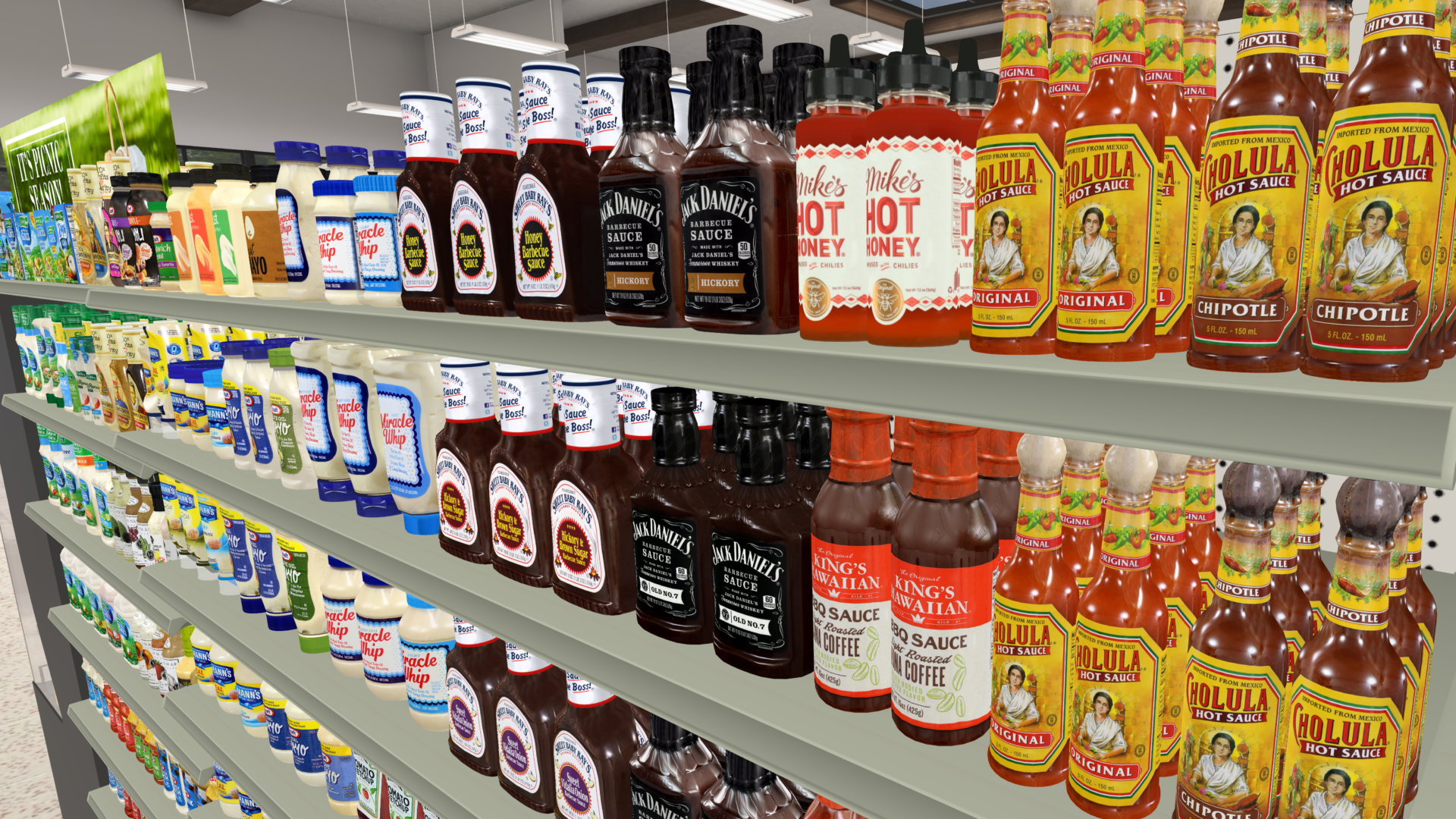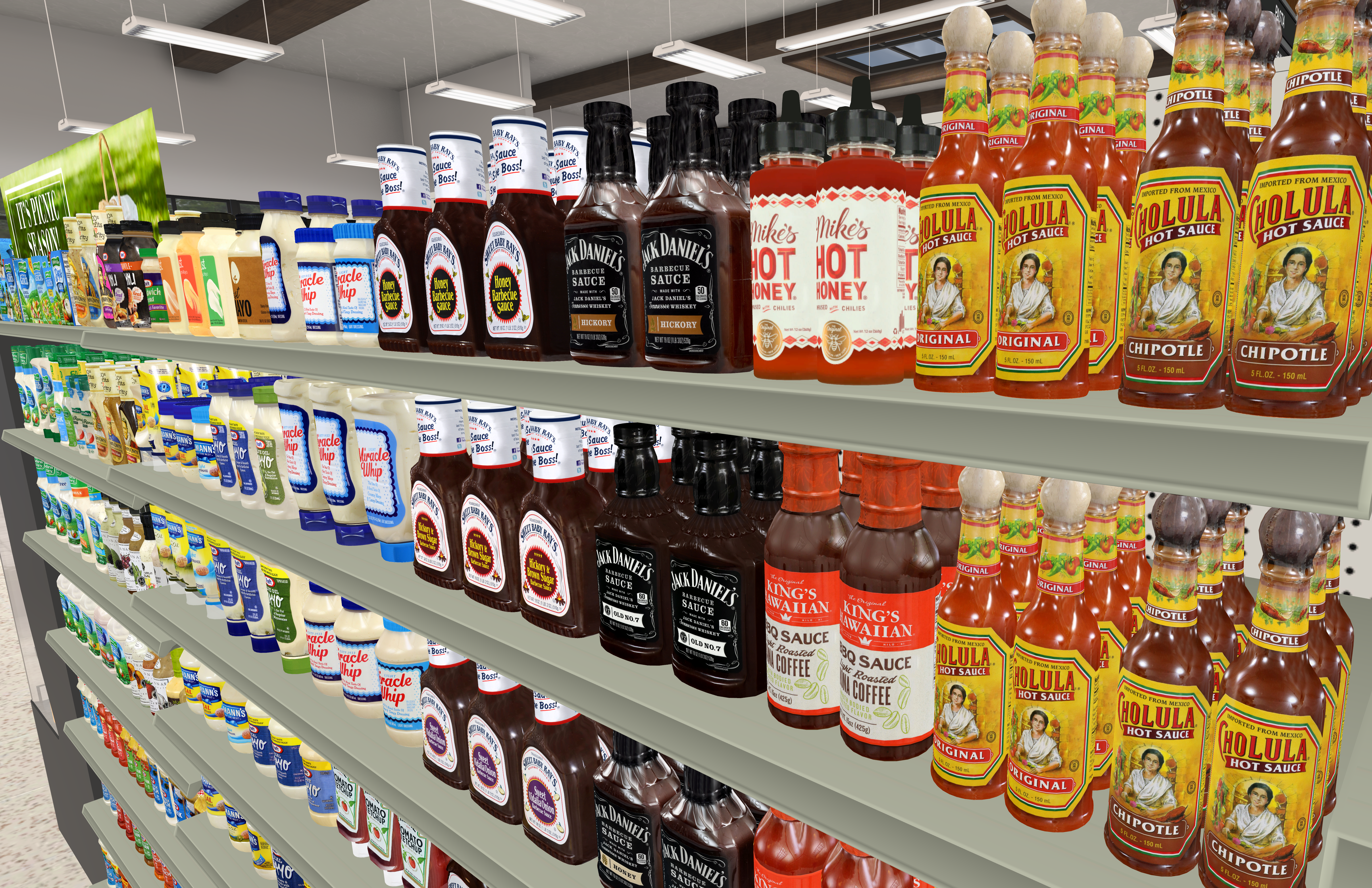Understanding shopper behavior has become even more critical in today’s ever-changing retail climate. Shopping behaviors have changed more in the past few years than at any point in history. Out-of-stocks, fast moving trends, and changing regulations all affect shopper decision-making when at the shelf, and it’s essential to learn the reasons behind those decisions.
Central location testing (CLT) has long been the preferred method of capturing the shopper voice and digging deeper into why “why” behind the behavior. By performing market research in a controlled environment, CLT allows researchers to interact organically with participants and observe facial expressions and other body language. It also means all participants are in the same environment at the same time, helping to eliminate bias. In the consumer goods space, however, this method of research has some significant drawbacks that are now amplified by today’s somewhat less predictable shopper landscape:
1. It’s expensive
Naturally, brands and retailers have to be very focused on ROI and their bottom line. There are high costs involved with setting up mock store centers, creating various prototypes, shelf sets, signage or displays, and bringing in participants to the space for testing.
2. It lacks diversity
Because of cost, CLT is often done in one or two locations and relies on participants who have means to travel to the designated location quickly and easily. Limited geography results in a limited demographic of participants providing feedback on a product or concept that could effectively go to market regionally or nationally.
Additionally, you may need to test multiple concepts that are each tailored to a certain region or area. That’s hard to do when you have a fixed location.
3. It’s slow and rigid
There’s no getting around it, it’s time consuming to set up a central location test. Mock store centers need to be as similar to a store experience as possible, with all the right products on the shelf. New concepts must be designed and built out, whether that means new packaging or branding, marketing materials or new displays or endcaps. This all takes resources and time, and once everything is in place, it’s extremely difficult, not to mention inefficient, to make changes.
So what’s the alternative? Luckily, today we have digital twin technology that can take the place of many in-store or mock center methods. A virtual simulation of a physical store space offers the flexibility, accuracy, and speed to do many different types of concept visualization and testing conveniently online.
Virtual Qualitative Research
What is virtual qualitative research? QualVR, powered by InContext’s ShopperMX retail simulation platform, is a modern solution to gathering rich shopper insights. Our method allows CPG and retail insights teams to seamlessly share store and product concepts with shoppers and gather their feedback from anywhere in the world.
Let’s talk about how it works, and some of the greatest benefits of leveraging virtual for qualitative shopper feedback.
Teams set up a virtual store – Or multiple stores! The sky is the limit. Create your planogram, merchandising concepts, and even not-yet-in-market products (no physical mock-up required!) in a digital twin of the retail store to test out with real shoppers, from their own PCs.
Recruit remote participants – The key word here is remote. Moderators and observers cut down on their travel time and expenses through virtual participation and facilitation. Participants can be brought in from anywhere in the world, for 1:1 in-depth interviews, shopalongs, or focus groups of 2-4 people, no traveling necessary.
Understand gaps in shopper needs – participants provide feedback in real time as they “walk” down a virtual aisle. Is your brand catching their eye on the shelf? Are they having a hard time finding a product? What do they like about certain signage? Learn how you can improve Your go-to-market strategy.
Reflect and refine ideas – Ok, you have your shopper feedback, but now what? ShopperMX lets you see and iterate on your concepts in a digital space for seamless ideation. Bring your team into a virtual collaboration center to present your new ideas and get everyone on the same page.
QualVR from InContext is the next generation of central location testing—no “central location” necessary. Contact us to learn more about this exciting new way to conduct your shopper research.





